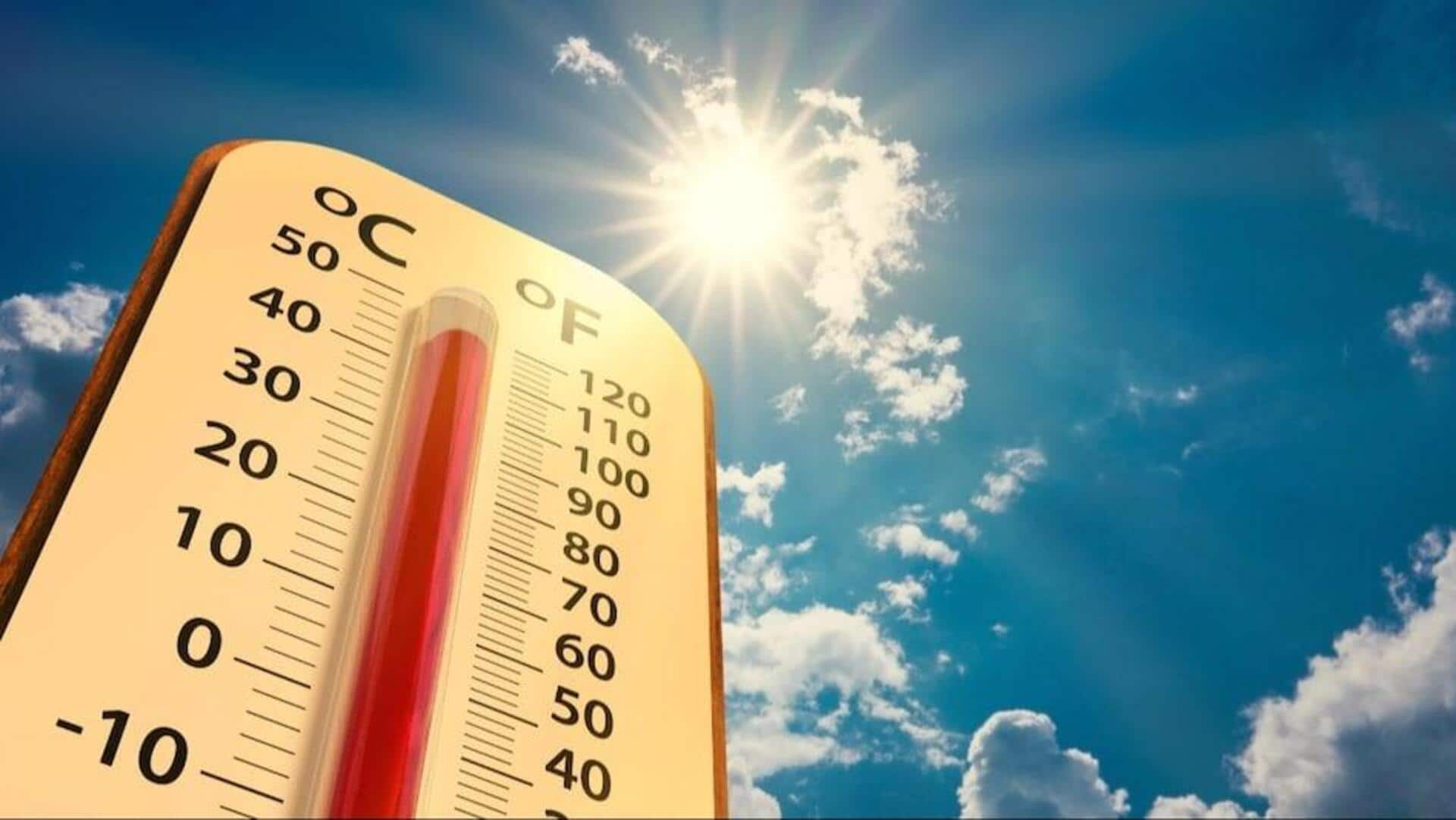
India likely undercounting heat-related fatalities, says ex-WHO chief scientist
What's the story
India is "most likely" undercounting heat-related deaths due to a lack of robust data, said Soumya Swaminathan, former Chief Scientist at the World Health Organization (WHO) and health ministry advisor.
She attributed the discrepancy to insufficient data, but acknowledged the government is now improving surveillance efforts to minimize the impact of extreme conditions on health.
Swaminathan emphasized the urgent need for better tracking, preparedness, and policy interventions as India braces for another extreme summer.
Data challenges
"We do not have a good record of every death"
Swaminathan, former Director General of the Indian Council of Medical Research (ICMR), said, "We do not really have a good record of every death in the country and so we have to make some estimations."
She noted that recent scientific papers have begun tracking what are called excess deaths. These are sudden spikes in fatalities that can be attributed to extreme heat events.
Underlying issues
Fatalities represent only "the very tip of the iceberg"
Swaminathan warned that deaths due to heat are just "the very tip of the iceberg."
For every death, there are probably 20 people suffering the impact of heat through high blood pressure or exacerbation of their cardiac disease, she explained.
Many are suffering from heat exhaustion and are unable to work, resulting in significant productivity and economic loss.
Mental health impact
She also warned of mental health consequences
Swaminathan also warned of the impact of such extreme heat on mental health.
"If you do not get any relief from heat for a prolonged period, then we know, for example, suicides go up, psychiatric illnesses get worse, and domestic violence increases," she said.
This indicates the far-reaching societal effects of extreme weather conditions beyond physical health impacts.
Multi-sectoral approach
Call for a coordinated response
Swaminathan advocated for a coordinated response involving multiple sectors: labor, housing, urban planning, and more.
"You need the labor department, industry, factories, workspaces to come in. You need the housing sector to think about heat and especially the low-income housing people who live in tenements with corrugated sheets as roofs," she said.
Such a multi-faceted approach is necessary for reducing extreme heat's impact on vulnerable populations.